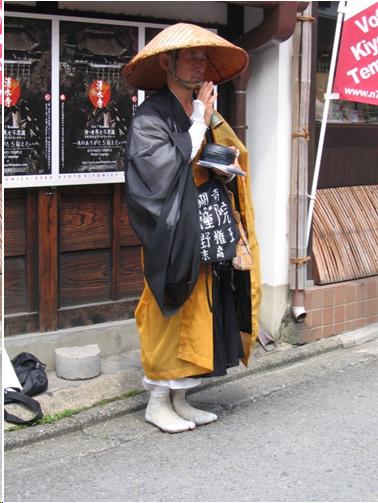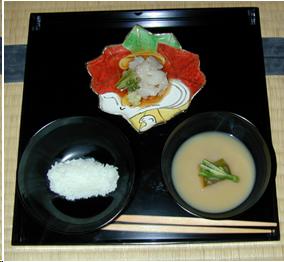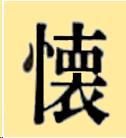Tea and Zen Have One Taste - Practice
Table of Contents
- Tea and Zen Practice
- Preparing for a Gathering
- Path to the Tea Room
- The Waiting Bench
- Purification at the Stone Basin
- Entering the Tea Room
- Viewing the Alcove
- Laying the Charcoal
- The Kaiseki Meal
- Seasonal Sweets
- The Middle Break
- Tea Utensils
- Sharing Thick Tea
- Relaxing with Thin Tea
- The Meaning of Tea Practice
- Slide 16
Text and Images from Slide
The meal offered to the guests during the first part of a formal tea gathering is based on temple fare.




Kaiseki
